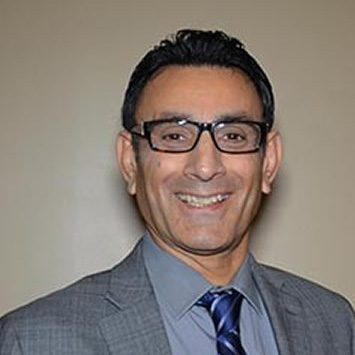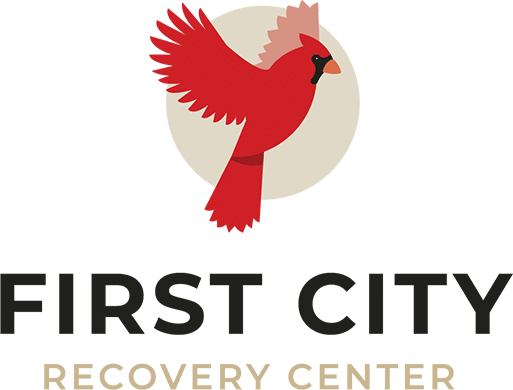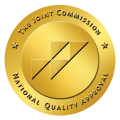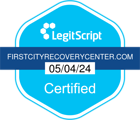Tramadol Addiction Treatment in Kokomo, Indiana
Table of Contents
ToggleWhat is Tramadol?
Tramadol is a synthetic opioid painkiller, used to treat moderate to severe pain. According to the DEA (Drug Enforcement Administration), between 36 million and 40 million tramadol prescriptions are written in the US each year. It’s less potent than some other opioids, and partly for this reason there are plenty who believe it’s relatively safe to abuse. This is not the case at all. Around 10% of Americans who have ever abused painkillers have abused tramadol. It’s growing in popularity among drug users and has been since the mid-2000s. The DEA reported in 2014 that more than 3.2 million Americans over age 12 had abused tramadol in the past. It’s important to stay educated on the signs and symptoms of all drugs today, since we’re in the middle of an overdose epidemic. Here we focus on tramadol, a lesser known opioid but one just as dangerous as any other.Signs & Symptoms of Tramadol Addiction
Although synthetic, meaning it is human-made and not naturally occurring in nature, tramadol is still classified as an opioid, and abusers will show signs and symptoms of opioid abuse. Examples of commonly abused opioids are hydrocodone, oxycodone, morphine, codeine, fentanyl, and illicitly heroin. Signs and symptoms of tramadol abuse include:- Tiny pinpoint pupils
- Drowsiness or visible exhaustion
- Slurred and/or slowed speech
- Nausea and/or vomiting
- Unusually decreased appetite
- Impaired coordination
Dangers of Tramadol Abuse
As with all other opioids, even under medical supervision tramadol use can cause adverse reactions. These often include dizziness and/or nausea. Therefore, abusing tramadol obviously presents far more dangers. According to drugabuse.gov, the number of visits to the emergency room for unwanted reactions to tramadol increased 400% from the mid-2000s to the mid-2010s. Official data for tramadol ER visits at the present time is yet to be released, but some statistics show it’s not slowing down. Unwanted reactions to tramadol, (including signs of possible overdose) include but are not limited to:- Fever
- Extreme dizziness
- Difficulty breathing
- Sweating
- Complete loss of appetite
- Constipation
- Muscle aches
- Depression
- Inability to concentrate
- Seizures (see above)
- Extreme Confusion
- Agitation
- Tremors
- Jerky muscles
- Twitching
- Lack of coordination
- Coma
When and How to Intervene
First and foremost, if you or someone you know is positively abusing tramadol, or any substance, call us today. We offer a wide range of personalized programs, and we can help you get started on the path to sobriety today. Recognizing tramadol abuse can be tricky. Perhaps this is because it’s a little less potent than most other commonly abused opioids and therefore signs and symptoms aren’t as prevalent. Regardless, it’s critical to know how to recognize tramadol abuse in a world where people are abusing it more and more each day.When
If you or someone you know openly takes tramadol often, or is attempting to obtain it often, even if he or she has a script, it’s likely there’s a problem at hand. However, First City has concocted a list of more subtle signs that it may be time to intervene. If you or someone you know indulges in any of the following behaviors, it’s worth looking deeper to see if there’s a substance abuse problem. While the focus of this article is on tramadol, the following list of potential abuser behaviors can be applied to a wide range of substances.- Neglect of responsibility
- Social problems uncommon to the individual
- Mood swings
- Apathy
- Vomiting (especially from large doses)
- Inability to feel happiness
- Possession of prescription bottles not in name of individual
- Inexplicable loss of money
How
DO NOT accuse the person. The number one thing to remember when intervening into a substance abuser’s life is to not criminalize. Do not approach this like he or she did something wrong. It’s best to come from a place of genuine care. DO comfort and console. Start out by letting the person how much you care about them. The individual likely knows somewhere inside that help is needed. So be gentle and open-minded. Listen to anything and everything they have to say. Location plays a key role as well. If you’re staging an intervention, do it somewhere the person feels safe. If you can do it at their house that’s probably best. Rehearse and/or write down the things you want to say.Treatment for Tramadol Abuse
First City Recovery Center is an addiction treatment center based in Kokomo, Indiana. As a Midwest addiction treatment center, we know the value of family and the importance of integrated living. That is why we work so hard to provide high-quality treatment programs that cater to both the needs of every member of the American family individually and the American family as a whole. Call us now at 877-595-3330 or click ‘Get Help Now’ on our homepage. Our experts are trained to make the transition from abuser to survivor as comfortable as possible. We personalize our programs to every individual patient, and tramadol addicts are no strangers to us. Call now.
Dr. Vahid Osman
MD, Psychiatrist
Dr. Vahid Osman, MD is a psychiatry specialist in Indianapolis, IN.
Dr. Osman completed a residency at Austin State Hospital. He has over 32 years of experience in Psychiatry & Behavioral Health. He is board certified by the American Board of Psychiatry and Neurology.




